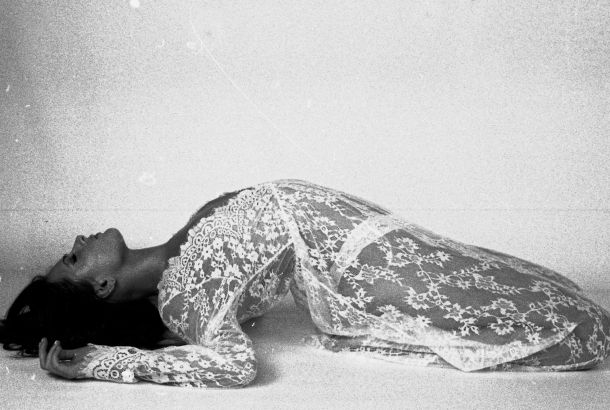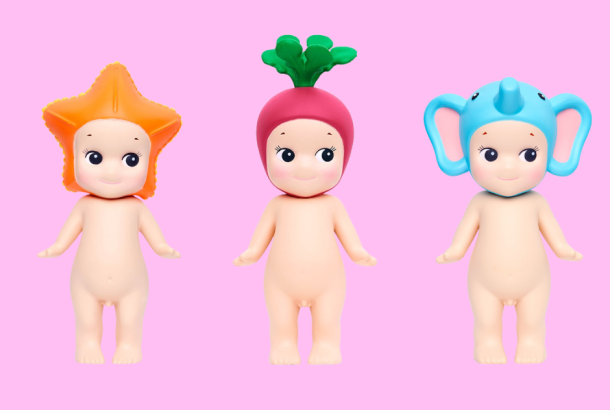Freud and The Gruffalo
We usually think of anxiety as being caused by fear; we feel anxious because we are scared of something or because we worry something might happen. We speak of feeling anxious ‘about’ something or of something ‘making’ us anxious. A strange man hanging around outside our house will make us feel anxious, because we fear what his presence might lead to.
Freud argues in opposition to this that anxiety cannot be seen as an anxiety of something or because of something. For Freud this makes anxiety different to fear or phobia. A phobia, Freud says, is in fact formed as a response to anxiety. The phobia or fear centres unplaced anxiety around an object. Through this process `an internal, instinctual danger’ (that of unplaced anxiety) is replaced by an `external, perceptual one’ (that of fear directed at a particular object) and this allows the subject to stop feeling anxious. Anxiety exists first; we deal with it through fear.
This seems to change the way in which children’s stories about monsters need to be read. In this reading it is not that we transfer our fears and phobias of real things (murderers, paedophiles, terrorists) into the imaginary figure of the monster-under-the-bed, but rather that we create a monster in order to create fear, to feel that there is some external ‘thing’ to be scared of, so that we do not have to face the more foundational anxiety within ourselves. But doesn’t The Gruffalo, the famous children’s story written by current Children’s Laureate Julia Donaldson in 1999 but now a major series of books, television shows and theatrical productions, take this one step further?
The first half of the story represents exactly what we have seen through Freud. A mouse takes a stroll through a deep dark wood, and is approached by three predatory hostile figures; the fox, the owl, and the snake. Each tries to convince the mouse to come into their homes, so that they can eat the mouse. The mouse tells each of them that he is going to have lunch with a ‘Gruffalo’ and describes the horrible monster to them, saying that its favourite food is ‘roasted fox’, ‘owl ice cream’ and ‘scrambled snake’.
The mouse creates this ultimate-scary image of the monster (description of whom takes one third of the book) not out of the things he really fears – it shares no characteristics with the fox, the snake or the owl – but instead as something so completely ‘other’ that he does not have to face anything which is really threatening to him. Each time the mouse fools his predators he remarks:
Silly old fox/owl/snake, doesn’t he know?
There’s no such thing as a gruffalo!
The mouse is able to deal with the potential ‘fear’ of the Gruffalo because it does not exist, and this allows him to escape any more serious anxieties, to escape the anxiety of his real conditions.
Then, at the midway point of the book, the story takes an interesting turn. Where we expect the mouse to sit down and enjoy his lunch, having fooled his enemies, the Gruffalo actually appears. At the very moment that the mouse has turned his anxieties into a fear that he can deal with, this fear is realized. The statement is that in dealing with your anxieties by producing an imaginary ‘Other’ – this imaginary Other is really and truly produced when it did not exist previously
But, The Gruffalo has a third turn, and this third movement is the one which makes the story truly radical. Rather than being eaten by the Gruffalo (or having to run for his life to safety, which would amount to the same thing in more child-friendly terms), the mouse is able to control the Gruffalo by pretending he is ‘the scariest’ creature in the wood. The mouse marches back past the snake, the fox and the owl, each of whom run away screaming because of the Gruffalo (who doesn’t realize that he is the scary one). Having proved his dominance over the wood, only then can the mouse do away with the Gruffalo, stating ‘now my tummy is beginning to rumble, and my favourite food is Gruffalo crumble.’
Isn’t this one of the most radical assessments of Western culture that contemporary literature has produced? The West (represented by the mouse) deals with its internal and real anxieties (represented by the snake, owl and fox) and now walks safely through the wood, with an imaginary Other which it has created (represented by the Gruffalo) beside it. The West appears to be the only thing which can control the Other which it has itself created, and this allows it to dominate over the rest of the woods. The West is the smallest and physically weakest creature, but it has control over ideology.







